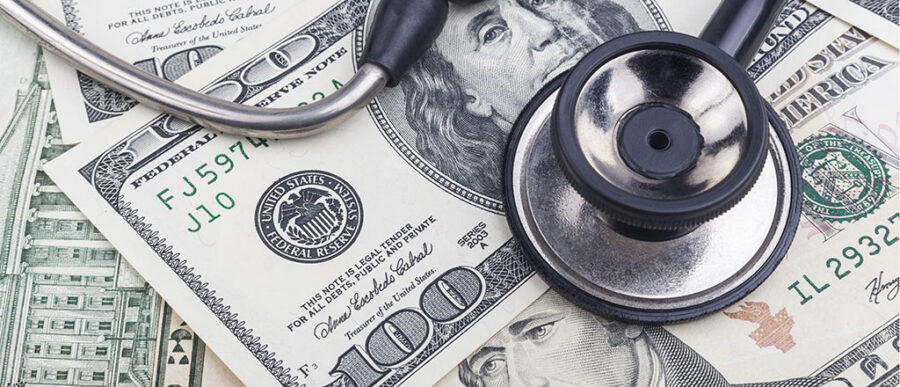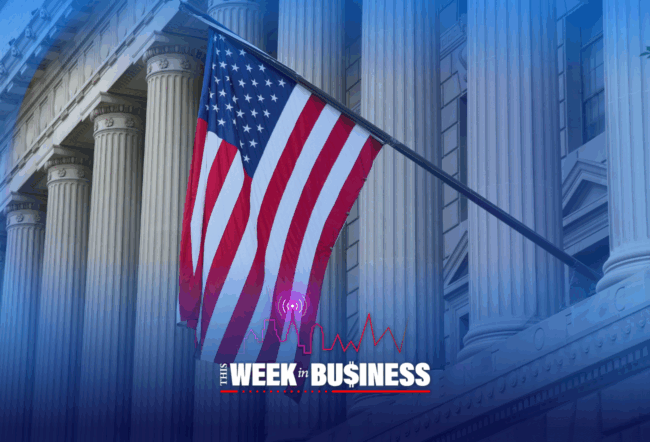After Vermont senator Bernie Sanders announced on Tuesday that he would run in the 2020 presidential election, the spotlight has shifted to his two-year-old universal health insurance plan. Sanders had introduced his “Medicare for All” bill in October 2017, and it was among the most popular in public polls out of eight health care bills that were introduced in the previous Congress term, according to a Kaiser Family Foundation study.
The Sanders plan envisages a single payer health care system, where the federal government provides universal coverage to all Americans. Under this plan, Medicare and Medicaid would go away — in name at least — with some exceptions for elective procedures. Studies show that costs could be between $25 trillion and $32 trillion over 10 years. Sanders has suggestions for funding it, including redirecting $2 trillion of current government spending, along with raising taxes on income over $250,000 and reaching a 52% marginal tax rate on income over $10 million. But the bottom line, he contends, is that Medicare for All would save people overall some $2 trillion over the 10 years compared with existing costs. How? He argues that it would do so by eliminating the high cost of most paperwork handled by the insurance industry today. Sanders has frequently said that the U.S. spends about twice as much per person for health care compared with most other large, industrialized countries, and that a lot of that extra spending results from excess paperwork. What’s more, he points out, medical outcomes in many key areas — notably life expectancy — lag behind most of those countries.
Related to this, a New York Times column from July — “The Astonishingly High Administrative Costs of U.S. Health Care” — notes the following: “A widely cited study published in The New England Journal of Medicine used data from 1999 to estimate that about 30% of American health care expenditures were the result of administration, about twice what it is in Canada. If the figures hold today, they mean that out of the average of about $19,000 that U.S. workers and their employers pay for family coverage each year, $5,700 goes toward administrative costs. The New England Journal of Medicine study is still the only one on administrative costs that encompasses the entire health system.”
So, could a national health insurance program work for the United States?
The answer to that question “depends on what you mean by work,” said Mark Pauly, Wharton professor of health care management and professor of business economics and public policy. “If we woke up tomorrow morning and we had single-payer Medicare for all, people wouldn’t be dying in the streets; health care would get provided and paid for,” he said. “The question is whether it will work better than either what we currently have, which is not a very high bar, or whether it will work better than some other alternatives.”
“In theory, absolutely it can work, but like everything else, the devil is in the details,” said Robert Field, professor of law and professor of health management and policy at Drexel University as well as a lecturer in Wharton’s health care management department.
Pauly and Field discussed the merits of Sanders’ plan on the Knowledge at Wharton radio show on SiriusXM. (Listen to the podcast at the top of this page.)
Hard Questions
Pauly noted that the single-payer plan would mean “an enormous increase in the tax burden.” He listed some of the questions it raises: What is the role of out-of-pocket payments such as co-payments and deductibles? Should all care be free for everybody? Who decides how the care is to be paid for? Should care be provided by a single entity? Should private firms have a role to play in this, or should insurance be socialized?
Field examined the costs of the Sanders plan. He noted that according to a George Mason University study, the plan would cost $32.6 trillion over the next 10 years, or $3.5 trillion a year, not adjusting for inflation. U.S. health care spending is currently trending at about the same level, he said. The question, therefore, is about “allocating who pays what,” he added.
Pauly noted that the private sector accounts for about half of all U.S. health care spending, or roughly equal to annual federal income tax collections of about $1.7 trillion. If the government has to pay its share or half in the “Medicare for All” plan, “one way to finance it would be to double the income tax for everybody who pays it,” he said. However, if higher taxes replace health insurance provided by employers, employees might expect correspondingly higher wages, Pauly added.
“There is this golden window between not discouraging people from getting necessary care and not encouraging them to get unnecessary care.” –Robert Field
Finding Workable Solutions
If the Sanders plan is able to remove the out-of-pocket costs such as co-pays and deductibles, Field asked: What would that do to people’s propensity to overuse services?
“There is this golden window between not discouraging people from getting necessary care and not encouraging them to get unnecessary care,” Field said. He cited the findings of the Rand Health Insurance Experiment (a 15-year study conducted between 1971 and 1986) and reports by other health economists, noting that “people do respond to co-pays and deductibles. If we can get it right, we will affect their use of services. But without any co-pays or deductibles, as Bernie Sanders is suggesting, that’s a prescription for big problems.”
Much depends on how out-of-pocket costs are designed, said Pauly. “High out-of-pocket payments discourage everybody from seeking medical care, from going to the doctor, or to the ER (emergency room) – not just low-income people but high-income people, too.” On the other hand, they shouldn’t be designed in a way that encourages some people to seek more medical care than they currently receive, he noted.
A universal health insurance proposal trains the spotlight also on how care is delivered economically. “You want to extend insurance coverage that will encourage the use of cost-effective care, but not insurance coverage that will encourage the use of care that’s not cost-effective,” said Pauly.
One potential downside of the Sanders program is that it would remove the need for experimentation with different health care models, said Field. He pointed to experiments underway with bundled payments, accountable care organizations and others at the Center for Medicare Innovation. “If we just have a one-size-fits-all [approach], we wouldn’t be able to fiddle around with managed care or alternative payment mechanisms,” he added. He noted that while experimentation is one of the advantages of a multiple-payer system, several “middle-of-the-road measures” are available.
“You want to extend insurance coverage that will encourage the use of cost-effective care, but not insurance coverage that will encourage the use of care that’s not cost effective.” –Mark Pauly
How Would a Single Payer System Work?
“The biggest potential benefit with a single-payer system is no billing,” said Field. “If we did have a ‘Medicare for All’ system, or one set of payments from one payer, it would be very difficult then for doctors and hospitals to opt out. You would be guaranteed that you’d have every provider in the network, but Medicare would then make decisions not just about payment, but also about coverage and new technologies.”
A single-payer system would doubtless be disruptive to the private health insurance industry, but opinions were mixed on how serious that could be. Field said that politically, the private insurance industry “would be a formidable force to fight against,” raising the specter of losing “thousands of jobs and economic engines.”
Pauly noted that private companies would continue to play a significant role in claims processing, administrative services, adjudicating disputes and other such functions. At the same time, “you shouldn’t look at anything in health care as a jobs program, although it has been one of the country’s most important jobs programs over the last 30 years,” he added. The U.S. health care and related industries had 22 million jobs as of 2016, according to a one study, which projected a need for another 11.6 million workers between 2016 and 2026.



